Pump up your iron intake with foods like tuna, tofu and turkey
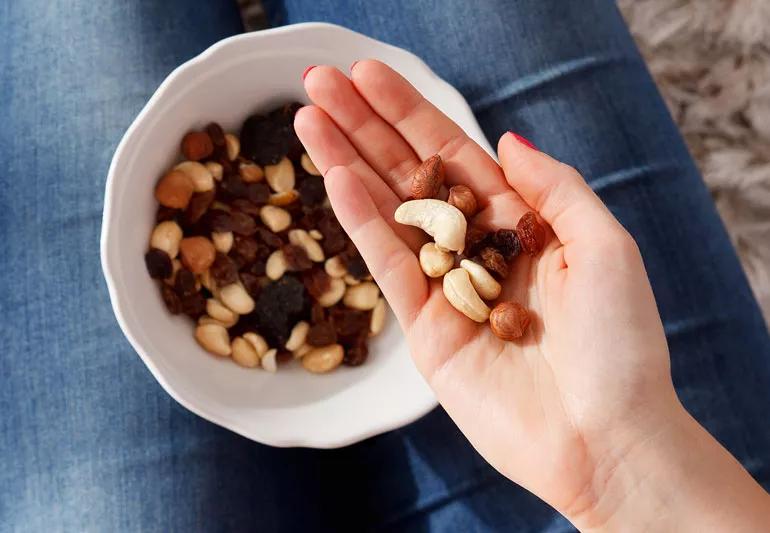
Are you getting enough iron daily?
Advertisement
Cleveland Clinic is a non-profit academic medical center. Advertising on our site helps support our mission. We do not endorse non-Cleveland Clinic products or services. Policy
The chances are that most of us probably aren’t. Our bodies need iron to grow and develop. Iron can also help prevent anemia and protect our bodies from infection.
If you haven’t been chowing down on iron-rich foods, there are some easy ways to incorporate this nutritional powerhouse into your diet.
Registered dietitian Julia Zumpano, RD, LD, explains which iron-rich foods you should eat and how much iron you need daily.
There are two main types of iron — heme and non-heme iron.
“Iron is a vital component of hemoglobin, which makes it an important mineral that our bodies need in order to carry oxygen so that our cells can produce energy,” explains Zumpano. “If we don’t have enough iron, we will not have enough red blood cells to transport oxygen. This leads to extreme fatigue and lightheadedness.”
Advertisement
Iron is also essential for brain development and growth, and the production of many other cells and hormones in your body.
“Without adequate iron stores, individuals can develop a condition called iron-deficiency anemia — the most common nutritional deficiency worldwide,” she adds. “It’s associated with symptoms like fatigue, weakness, trouble maintaining body heat, pale skin, dizziness, headache, and an inflamed tongue.”
There are plenty of foods high in iron. You’ll find heme iron in the following types of food:
“Aim to include a source of protein with each meal, which can help you meet your daily iron needs,” Zumpano suggests.
Still want some more foods with iron? The following iron-rich foods list includes non-heme iron options.
Iron-rich legumes include:
Iron-rich bread and cereal include:
Iron-rich fruits include:
Iron-rich vegetables include:
Other foods rich in iron include:
“If you choose not to consume meat and fish, then be sure to include plant-based sources of protein such as legumes (dried beans, lentils and split peas), nuts, seeds and tofu with each meal,” advises Zumpano. “Be sure to pair non-heme iron foods with vitamin C to increase the absorption of iron. Vitamin C is found in citrus fruits (lemon, lime, orange, kiwi and grapefruit), strawberries, tomatoes, broccoli and spinach.”
According to Zumpano, the daily recommended amount of iron for adults ages 19 to 50 is:
In general, you also tend to need more iron to make up for what is lost during menstrual cycles. Women and people AFAB and are 51 and older should aim for 8 mg of iron daily.
Advertisement
For children, the recommended amount of iron can vary based on age:
| Age | Iron Daily Recommended Value |
|---|---|
| Birth–6 months | 0.27 mg |
| 7–12 months | 11 mg |
| 1–3 years | 7 mg |
| 4–8 years | 10 mg |
| 9–13 years | 8 mg |
| 14–18 years | 15 mg for females, 11 mg for males |
| Age | |
| Birth–6 months | |
| Iron Daily Recommended Value | |
| 0.27 mg | |
| 7–12 months | |
| Iron Daily Recommended Value | |
| 11 mg | |
| 1–3 years | |
| Iron Daily Recommended Value | |
| 7 mg | |
| 4–8 years | |
| Iron Daily Recommended Value | |
| 10 mg | |
| 9–13 years | |
| Iron Daily Recommended Value | |
| 8 mg | |
| 14–18 years | |
| Iron Daily Recommended Value | |
| 15 mg for females, 11 mg for males |
While these are general guidelines, Zumpano advises getting a personalized recommendation from a doctor, and a formal diagnosis if you suspect you’re low on iron.
“Your daily iron needs can be obtained through your diet, although if you have low blood iron levels or have difficulty absorbing iron, you may need a supplement,” notes Zumpano. “Talk to your healthcare provider if you feel that you could benefit from supplemental iron.”
Advertisement
Learn more about our editorial process.
Advertisement
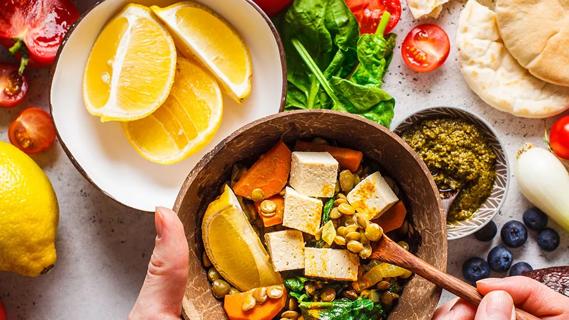
This pairing has long been thought to help your body better absorb iron
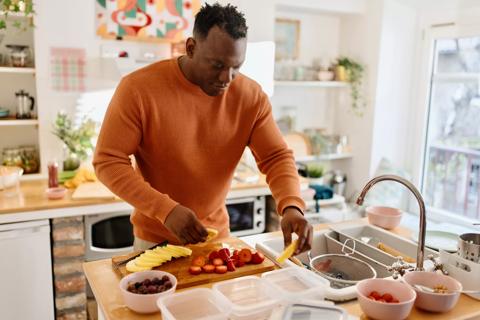
There are several vitamins and mineral supplements that many people can benefit from — but it’s important to consult with a healthcare provider before you start one
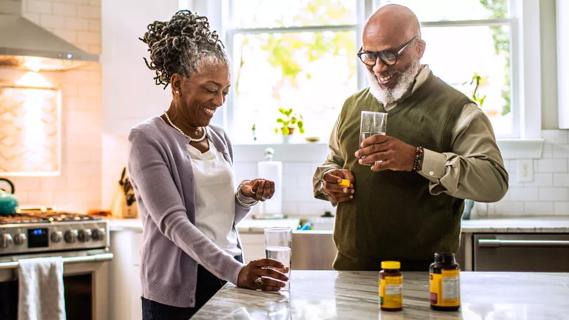
When it comes to getting proper nutrition, your assigned sex can play a role — but there’s more to it than that

It has nutrients your body needs, but it also comes with some serious health risks

Despite what you may have heard, pork is actually red meat (and it comes with the same risks as other red meats)
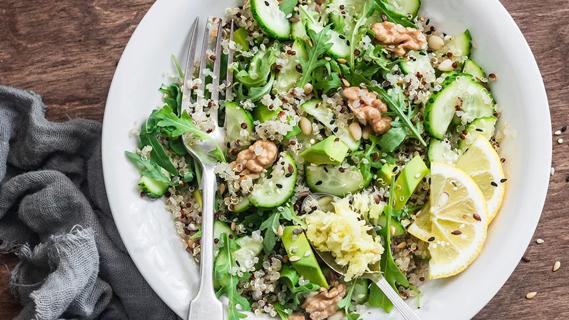
Ground flaxseed is full of heart-healthy omega-3s, antioxidants and fiber, and easy to add to just about any recipe

From meat to beans, we’ve got some ideas to help you create the perfect-for-you chili recipe

Be sure to check the labels of common foods like canned tuna, bread, hot dogs and chocolate

Type 2 diabetes isn’t inevitable with these dietary changes

Applying a hot or cold compress can help with pain